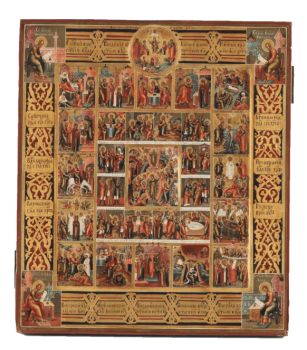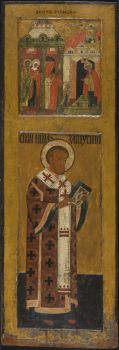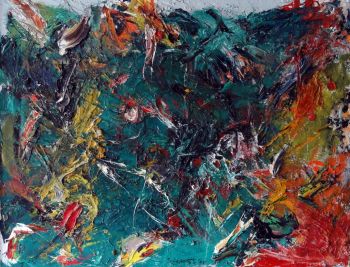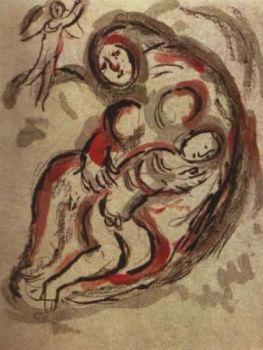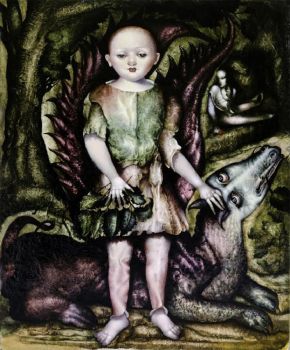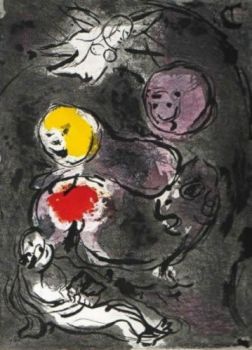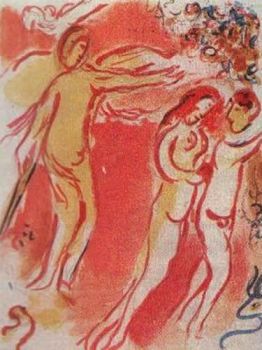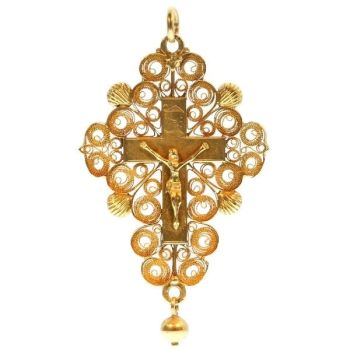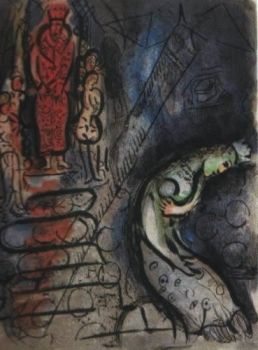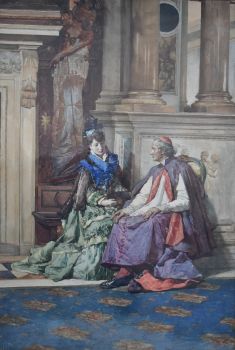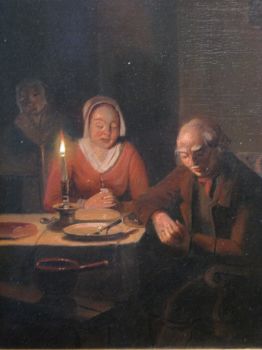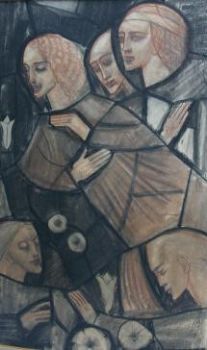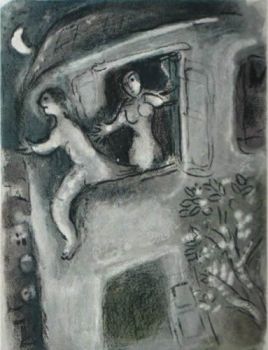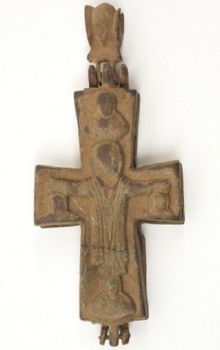Sinterklaas in Art
The whole world is patiently waiting for Santa Claus to come and fill their stockings at the end of December, but the Dutch are getting their presents early! Because tomorrow, December 5th, marks the feast of Saint Nicholas, a.k.a Sinterklaas.
On the 5th of December, the Netherlands celebrates the birthday of Sinterklaas, historically known as a patron saint of children with a legendary habit of gift-giving. Throughout the centuries, this habit evolved into quite a unique tradition that is still alive in Holland and Flanders today.
Jan Steen, The Feast of Saint Nicholas, 1665-1669, oil on canvas, 82 x 70,5 cm.
On this day, children are rewarded for their good behaviour with gifts and candy. They place their shoes by the chimney, hoping that Sinterklaas will come by at night and put a present inside. One of the most famous paintings depicting this tradition is Jan Steen's 'The Feast of Saint Nicholas' (pictured above).
The girl pictured in the foreground is holding a bucket filled with candy and a doll; clearly she had been a good girl that year. But the boy that's standing on the left-hand side is crying whilst the other kids are holding his empty shoe and laughing, epitomising the popular saying "those who are sweet will get something nice, those who are naughty get caned".
Jan Schenkman, Sint Nikolaas en zijn knecht, 1850, Amsterdam: Bom.
In the middle of the nineteenth century a school teacher named Jan Schenkman wrote a book titled 'Saint Nicholas and his helper' (pictured above). This illustrated book has had a significant influence on the way that the feast is being celebrated today. In this book, Saint Nicholas is depicted as a dignified old man with a long white beard, a red robe with an accompanying headdress and a curved staff.
The publication introduced several elements that later became part of the tradition, such as Saint Nicholas’s arrival by steamship and visiting families, schools and shops. Another typical example is Saint Nicholas riding the rooftops on his horse, accompanied by one of his helpers.
However, several changes also occurred over the years. In the first edition of the book Saint Nicholas is shown to return to Spain by a hot air balloon, which is later replaced by a train. Nowadays, the departure of the Saint is no longer celebrated.
Saint Nicholas was also highly regarded as a teacher of morals, as can be seen on several illustrations. On the illustration pictured above, disobedient children are thrown into a burlap sack, whilst bystanders look worried.
Nowadays, such coarse handling is no longer associated with the feast and the sack has been put to a much better use: to transport gifts! It is truly unfortunate that the name of the illustrator remains unknown, as these images have played a very important part in the conceptualization of the tradition.
Gentile da Fabriano, Stories of St. Nicholas of Bari, 1425, tempera on wood (one of four panels).
Aside from being a gift-giving patron saint of children, Saint Nicholas was also considered to be the patron saint of many other occupations, such as sailors and merchants and brewers. On the above painting by the Italian artist Gentile da Fabriano, Saint Nicholas can be seen saving a ship in distress, pictured in an oviform halo.
If you have enjoyed this article, please also have a look at our online collection of fine art!


